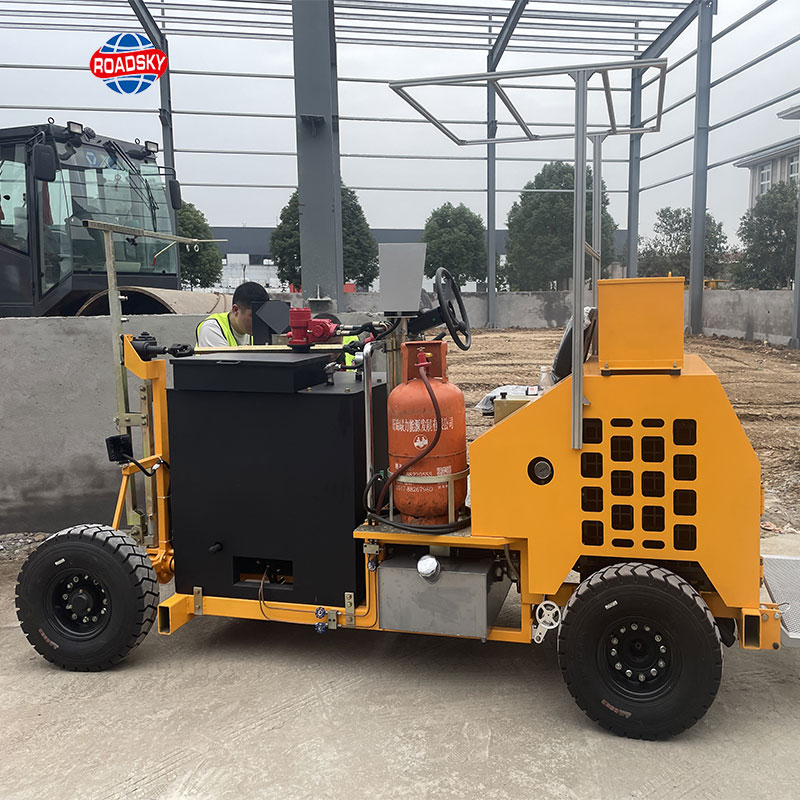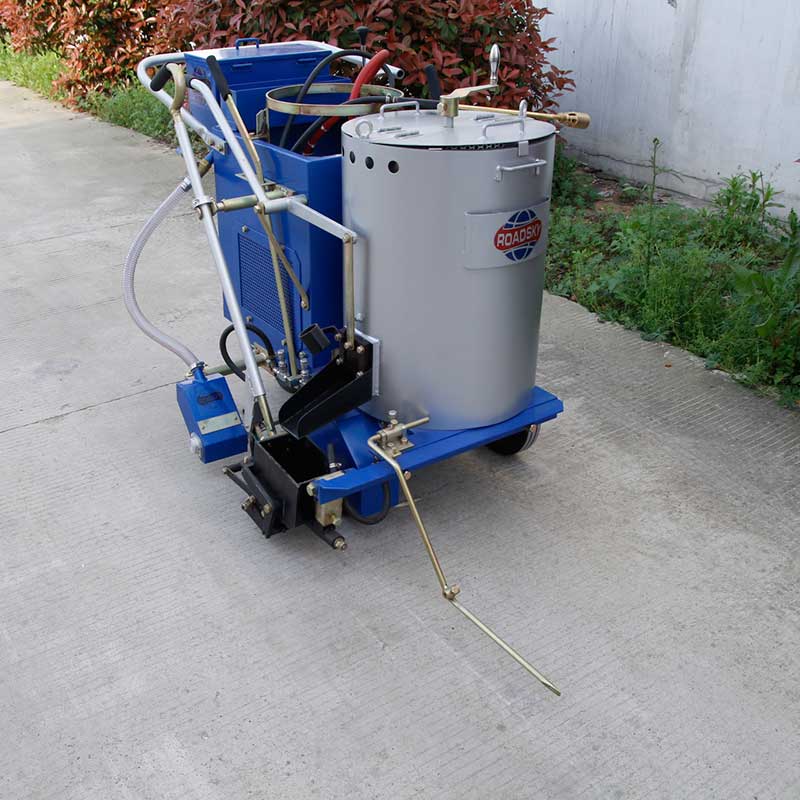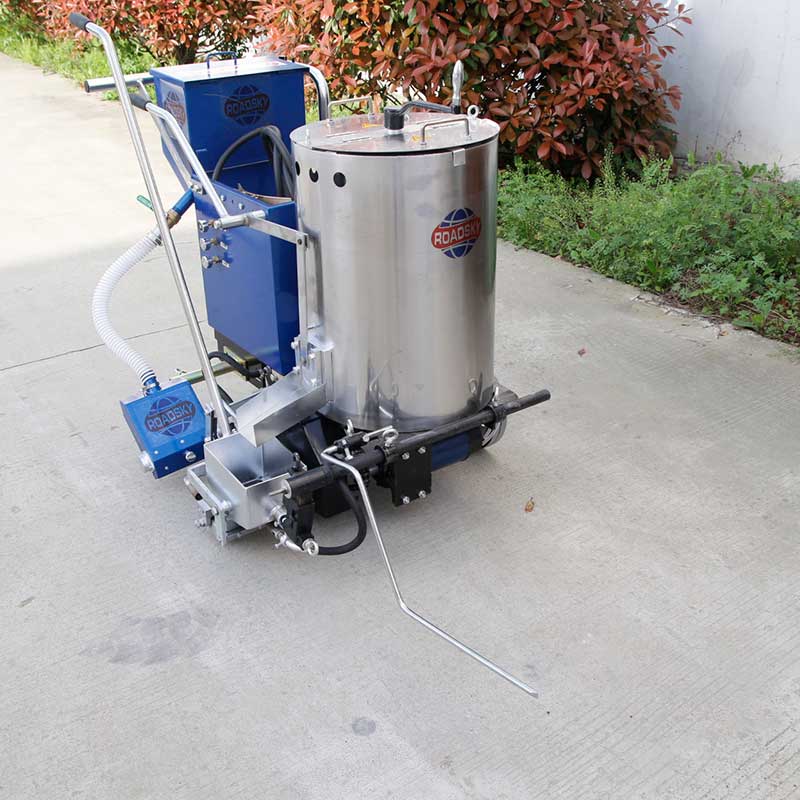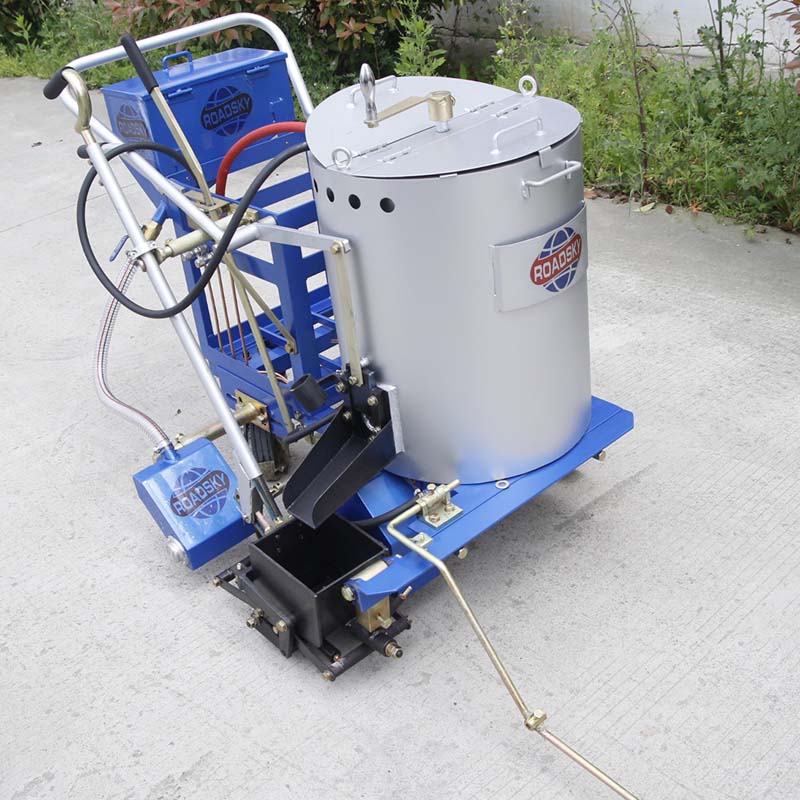Driving-Type, Self-Propelled, Hand-Push Road Marking Machines: How to Choose
Road marking plays a crucial role in ensuring the safety and organization of traffic on our roads. As technology continues to advance, road marking machines have evolved to offer a variety of options to meet the diverse needs of road maintenance and construction projects. In this article, we will delve into the differences between driving-type, self-propelled, and hand-push road marking machines, shedding light on their unique features and applications.
Driving-Type (Ride On) Road Marking Machines:
Driving-type road marking machines are designed for efficiency and ease of operation. These machines are typically mounted on vehicles, allowing for increased mobility and faster completion of road marking projects. The driving-type machines are equipped with advanced technology, including computerized control systems, which ensure precision and accuracy in the application of road markings. They are suitable for large-scale projects, such as highway marking, where speed and efficiency are paramount.
Self-Propelled Road Marking Machines:
Self-propelled road marking machines offer a balance between mobility and versatility. Unlike driving-type machines that are mounted on vehicles, self-propelled machines are standalone units with built-in propulsion systems. This design allows them to navigate through various terrains and work in confined spaces where larger vehicles may face limitations. Self-propelled machines are ideal for medium-sized projects, providing a good compromise between efficiency and maneuverability.
Hand-Push (Manual) Road Marking Machines:
Hand-push road marking machines are tools used for applying paint or other marking materials to roads, pavements, and other surfaces to create visible markings such as lines, symbols, and signs. These machines are typically operated manually, with an operator pushing the equipment along the surface to be marked. While they may not offer the same level of efficiency as driving-type or self-propelled machines, hand-push models are highly cost-effective and suitable for smaller-scale projects. They are easy to maneuver and allow for precise control over the application of road markings in areas with intricate designs or tight spaces.
Choosing the Right Machine for the Job:
The choice between driving-type, self-propelled, and hand-push road marking machines depends on the specific requirements of the project. Here are some factors to consider when making this decision:
- Project Size: For large-scale projects, driving-type machines are preferable due to their speed and efficiency. Self-propelled machines are suitable for medium-sized projects, while hand-push machines are more appropriate for smaller tasks.
- Terrain and Accessibility: Consider the terrain and accessibility of the project site. Self-propelled machines are versatile and can navigate through different terrains, while hand-push machines are best for areas with limited access.
- Budget: The budget is a crucial factor in decision-making. Driving-type machines tend to be more expensive but offer high efficiency, while hand-push machines are cost-effective but may require more labor.
Conclusion:
The choice between driving-type, self-propelled, and hand-push road marking machines depends on the specific needs of the project, budget constraints, and the level of efficiency required. Each type of machine has its advantages, and understanding these differences will help in making an informed decision for successful road marking projects.
Get Quality Road Marking Machines
RoadSky is a professional road marking equipment and material supplier. We not only supply road marking machines, but also provide road marking paint, reflective glass beads and other products required for road marking. If you are looking for these products for your project, you can contact us directly for more information.







